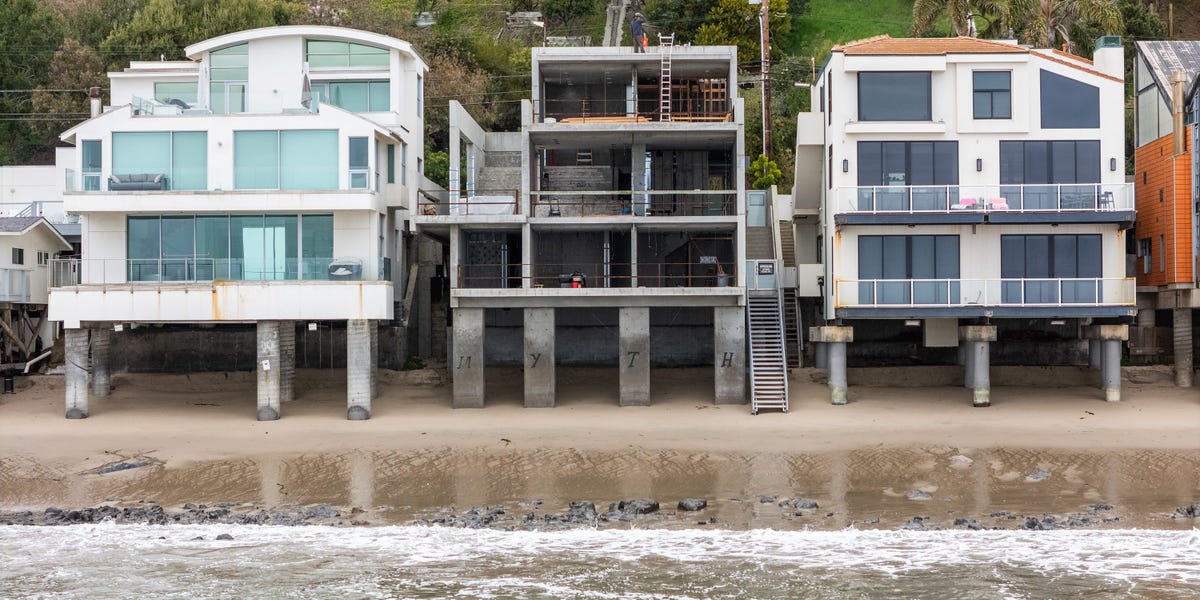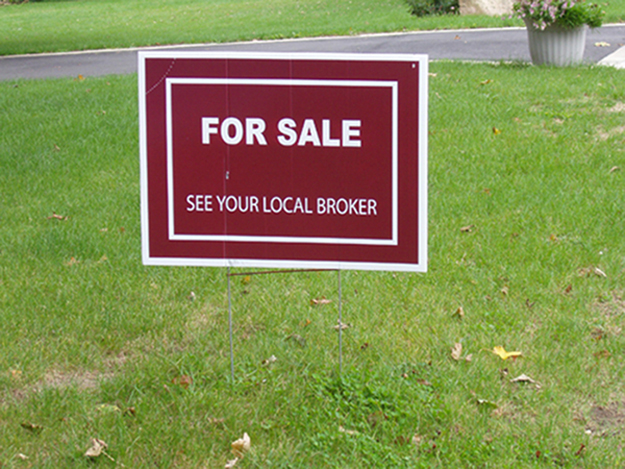A
rizona’s booming population is transforming the state’s healthcare real estate landscape, creating both fresh opportunities and new pressures. As new neighborhoods sprout across the Valley, providers and developers are being asked to deliver care that is more convenient, affordable, and patient‑focused.
In 2025, two themes dominate the conversation: a move toward outpatient and community‑based care, and the escalating financial and logistical challenges of building new facilities. Each new project brings excitement for expanding access outside traditional hospitals, but also the risk of construction delays, cost overruns, and financing headaches.
“New home developments mean medical offices are stretching out to accommodate those communities,” says Perry Gabuzzi, senior vice president at Kidder Mathews. “And I think we’ll continue to see that.”
**A Shift in Care Delivery**
Comfort and affordability are now the primary goals for Valley health providers. For decades, doctors’ offices, surgery centers, and hospitals were seen as interchangeable. That model limited patient recovery space and mobility. Today, providers are building sites outside hospital campuses to offer more personalized, community‑based care.
“Patients don’t love going to a hospital campus for everyday care,” Gabuzzi notes. “If you’re just walking in for a routine check‑up, you want a location closest to home with easy parking. That’s why we’re seeing a push toward outpatient settings.”
Expanding surgery centers beyond hospital walls benefits patients and stimulates local economies. New homes bring new residents, which in turn drive demand for doctors’ offices and new investments. “That trend started about ten years ago,” explains Philip Wurth, senior vice president at CBRE’s healthcare and life sciences group. “Banner was the first hospital system to create regional clinics, bringing services to patients. Others followed, and recent policy changes continue to incentivize outpatient services, increasing demand for ambulatory surgical centers (ASCs) outside hospital campuses.”
**Ambulatory Surgery Centers: A Growth Engine**
ASCs are now one of the fastest‑growing segments in healthcare real estate. Once a niche, they allow providers to perform procedures in specialized, outpatient‑focused environments that are easier to access and cheaper to build than full‑scale hospitals. Vince Femiano, managing director of Transwestern’s healthcare advisory team, says, “ASCs are back. Physicians are partnering with private equity, and new capital is flowing into the market. Specialty doctors are becoming bullish and looking to open their own ASCs in partnership with large groups.”
Private equity sees ASCs as attractive investments. By teaming with specialty physicians and established operators—such as national surgery center networks—investors inject the capital needed to expand rapidly in high‑growth markets. The blend of physician expertise and investor backing creates an ecosystem where ASCs thrive, offering patients a streamlined experience while generating strong returns for stakeholders.
For patients, the benefits are clear. Hospitals remain the most expensive care sites in terms of operating costs and patient expenses. ASCs provide a lower‑cost alternative that does not sacrifice quality, improving affordability and aligning with consumer expectations for convenient, patient‑centered care. “The highest cost to deliver healthcare is in the hospital,” says Julie Johnson, executive vice president at Colliers. “People are trying to keep patients out of the hospital and care for them in lower‑cost settings such as ASCs. As more surgeries can be done outpatient, it’s less costly, and the patient can go home at night, avoiding the discomfort of a hospital.”
**Rising Costs and Construction Challenges**
While the goal of a more convenient and economical system is laudable, the logistics of establishing new facilities in new settings bring their own hurdles. In 2025, the biggest obstacle for developers and brokers is the rising cost of materials and the ongoing shortage of skilled construction workers. Contractors report material costs climbing up to 80% for essentials like fuel, asphalt, and steel, while labor expenses have risen over 20% in just two years. These factors force projects to be booked further in advance and often delay completion due to manpower shortages.
For many commercial real estate professionals, the timeline alone makes ground‑up projects difficult to justify. “Building a new building can take two years plus, depending on zoning and other factors, but redeveloping a building can be done a lot quicker,” Gabuzzi says. He also notes that repurposing existing structures can reduce rental rate gaps, making projects more financially viable.
The steep rise in construction costs and financing challenges has dramatically slowed new healthcare real estate development. With debt and equity harder to secure and material and labor costs climbing, many developers are shifting focus away from ambitious ground‑up projects. Instead, they are leaning more heavily on leasing within existing buildings—a trend that keeps healthcare services expanding but without the pipeline of fresh facilities expected in a fast‑growing market.
As Johnson explains, “There’s been very little development because of the high cost of construction and high cost of capital and unavailability of debt and equity. Since there’s not a lot of new activity, that has spurred more leasing in the existing medical office buildings that we have.”
The few new projects that do break ground are dominated by hospital systems and large investment‑backed groups. Smaller practices and independent physicians often find themselves priced out, as only organizations with significant resources can absorb the cost burdens tied to modern construction. “There’s been maybe four medical offices to have truly come out of the ground in the last two years,” says Kevin Smigiel, vice president of Transwestern Phoenix’s healthcare advisory service team. “Most of them are anchored by a hospital. With construction costs through the roof right now, our first preference is to find something that can be readily repositioned into a medical building.”
**Adapting to a Changing Market**
These dynamics create a commercial real estate market where adaptation is key. With traditional development slowed by cost barriers, healthcare real estate is leaning more heavily on creative reuse, strategic partnerships, and hospital‑backed projects to meet demand. While this limits the flexibility smaller providers once had, it underscores a broader truth: delivering healthcare in Arizona’s booming communities will increasingly depend on collaboration and resourcefulness in the face of economic pressure.













